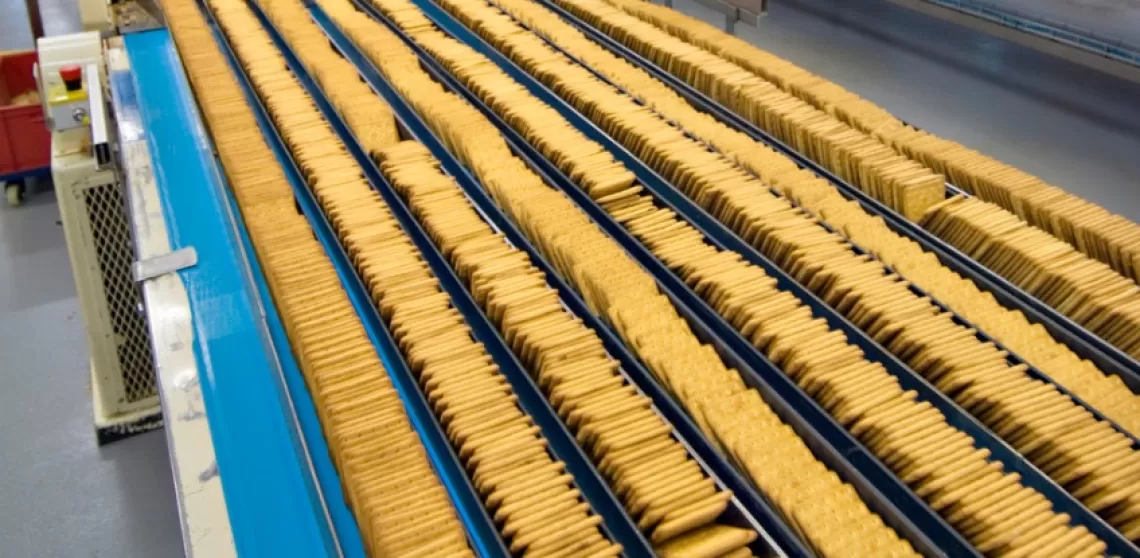
Food Manufacturing
Food Manufacturer Improves Quality and Safety Culture through Leadership Development
A food manufacturer that began operation in the early 20th century was interested in evaluating their quality and safety culture. The organization was experiencing significant growth and expansion, and while quality and safety performance were good, they knew they could do better. For example, end consumer product quality was excellent, but the company wanted to increase its yield of saleable product. Based on a prior successful relationship with a senior leader in safety & quality at another food manufacturing company, they chose to partner with ADI. A small team of ADI consultants performed on-site assessments across three of the company’s manufacturing operations. These assessments included interviews of a cross-section of hourly employees, supervisors and management, plus direct observation of typical work. The team reported out its preliminary findings at the conclusion of each site visit.
Upon completion of the assessments, ADI met with executive leadership to share its findings of Strengths, Opportunities for Improvement, and Recommendations. One of the key findings was that leaders, particularly first line supervisors, were not skilled in effectively managing performance on a day-to-day basis. Excellent performance was not always recognized, and poor performance often was not addressed in a timely fashion. In response to these findings, ADI partnered with this organization to implement a training and coaching process for leaders at every level. Performance scorecards were developed that utilized best practices from behavioral science. Leader scorecards were implemented to solicit upward feedback to leaders on the impact of their daily practices, including which practices to Continue, Start, or Stop. Ultimately, even the organization’s process excellence Black Belts were educated and coached to become expert in systematically applying the science of behavior to optimize performance and culture. The organization continues to utilize these evidence-based leadership practices today, nearly a decade and a half after the initial assessment.

